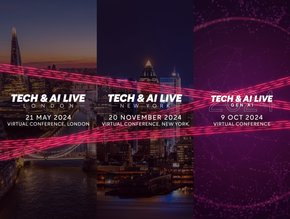86% of healthcare cloud attacks result in financial loss

Cybersecurity vendor Netwrix has announced additional findings for the healthcare sector from its global 2022 Cloud Security Report.
61% of respondents in the healthcare industry suffered a cyberattack on their cloud infrastructure within the last 12 months, compared to 53% for other verticals. Phishing was the most common type of attack reported.
Dirk Schrader, VP of Security Research at Netwrix says: "The healthcare sector is a lucrative target for attackers because the chances of success are higher. The first two years of the pandemic exhausted the industry. With patient health being the main priority for these organizations, IT security resources are often too stretched and are focused on maintaining only the most necessary functions.
"Plus, the high value of data gives cyber criminals better opportunities at financial gain: They can either sell stolen sensitive medical information on the dark web or extort a ransom for 'unfreezing' the medical systems used to keep patients alive."
An attack in the healthcare sector is more likely to result in financial consequences. 32% of respondents from other industries report that an attack had no impact on their business, while only 14% of healthcare organizations say the same. Unplanned expenses to cover security gaps and compliance fines are the most common types of damage that the healthcare sector faces due to a cyberattack.
"Healthcare organisations plan to increase the share of their workload in the cloud from 38% to 54% by the end of 2023. Fast cloud adoption should be accompanied by relevant security measures and special attention to internet-of-things (IoT) devices and systems; for example, compromise of respirators or IV infusion devices can lead to physical harm to patients," adds Schrader. "Network segmentation will help prevent one compromised device from impacting the entire system. IT teams must also strictly limit who — humans and machines — can access what data and systems according to the least-privilege principle, and regularly review and right-size those access rights."
- Are smart medical devices causing cyber security threats?Cyber Security
- BT reveals 46 million signals of cyberattacks every dayCyber Security
- ‘Four days is not enough’ as new cyber rules cause impactOperational Security
- Fortinet announce veteran council to narrow cyber skills gapOperational Security






